Background
Thirteen buildings on BCIT’s Burnaby campus have their space heating and domestic hot water heating needs met by a “district energy” system. Water is heated in natural gas-fired boilers in a central heating plant located in building SE08. The hot water is then piped underground in insulated pipes to the individual buildings. Heat transfer equipment in each building transfers heat from the district energy system into the buildings’ space heating and domestic hot water heating equipment. District energy systems can generally provide these heating services more energy-efficiently than by using dedicated heating equipment in each building.
Problem and/or Opportunity
Because NE01 is the only building in the Factor Four Area that is connected to the district energy system, expanding district energy service to the Area was identified as potential means by which energy throughput could be reduced. BCIT commissioned a district energy study (as part of the “On-Site Renewable Heat Situation Analysis”) in 2011 that identified an opportunity to not only expand district energy to the Factor Four Area but to do so using a renewable, carbon-neutral energy source.
BCIT’s carpentry and joinery programs together generate approximately 250,000 kg per year of wood waste in the form of cut-offs and sawdust. The Institute pays approximately $21,000 per year for off-site disposal of this “waste” stream. The opportunity lies in the fact that this is actually not a “waste” stream but in fact a source of renewable heat. BCIT plans to construct a wood waste-to-energy facility that will burn this wood to heat water that can then be used in the existing district energy system. The heat generated by the wood waste will offset natural gas currently consumed by the central plant. Because natural gas is a fossil fuel, burning it emits greenhouse gases (GHGs) into the atmosphere that have been linked to climate change. In contrast, wood is considered a “biofuel” and burning it is considered “carbon neutral” – i.e. zero GHGs! The wood waste-to-energy system will therefore have the financial benefits of saving natural gas costs, carbon emissions offset payments, and disposal costs. Built following Living Lab design criteria, the new facility will also be a benefit to BCIT’s student as they learn about these advanced renewable energy technologies.
Solution
The wood waste-to-energy facility comprises a wood fuel preparation and storage system and a 775 square foot (72 m2) educational building that houses a biomass boiler, a state-of-the-art air emissions filtering system and an advanced combustion and emissions monitoring system. The small building will be attached to the southwest corner of Building NE02. Figure 1 and the correspondingly-numbered text below it provide an explanation of how the system will work.
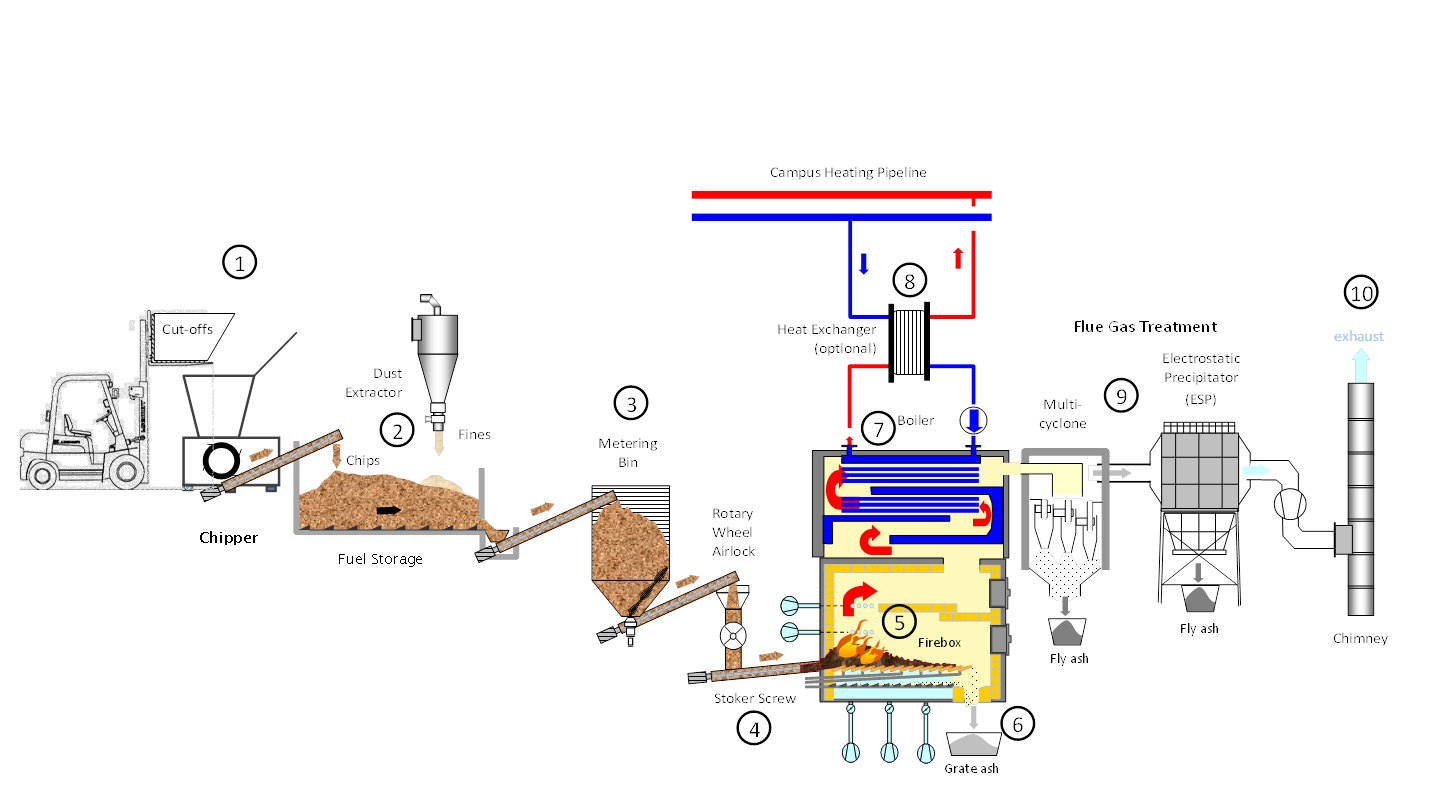
Figure 1: Wood Waste-to-Energy System – An example similar to the BCIT system
Description for figure 1:
- Chipping: Wood cut-offs from various collection points are delivered by a fork lift and tipped into the hopper of the chipper. The unit grinds the cut-offs into pieces of no more than 50 mm (2”) size. Oversized pieces are removed by an internal screen and reground. An incline auger conveys the chips into the fuel storage bin.
- Fuel storage: The silo stores approximately 43 m³ of fuel (wood chips), which is equivalent to approximately 8 days of maximum wood waste production. The technology selected is a standard agricultural silo with smooth walls.
- Fuel metering: The metering bin has been removed from scope. Metering will most likely be done by adding load cells to the legs of the silo.
- Stoking the fuel: Fuel is stoked into the firebox by an auger. To avoid backfires, fuel needs to pass a rotary safety wheel, a lock that prevents embers or hot gases entering the upstream fuel supply chain.
- Combustion: Fuel stoked into the firebox is combusted on a grate in an electronically controlled fashion. Primary combustion (’gasification’) takes place on the flat moving grate. Wood gases escaping from the fuel pile are oxidized in the secondary zone of the combustion chamber located above the grate. Both primary and secondary air supplies are automatically controlled via the flame temperature and oxygen content in the flue gas. The automated system controller adjusts the pace of the grates to ensure complete combustion as the fire bed travels along.
- Ash removal: Ash is removed from the firebox by a set of screws. Outside the firebox a screw conveys the ash to an ash dumpster. The ash bin will need to be emptied on a regular basis.
- Heat production: Flue gases are drawn from the firebox into the secondary combustion chamber and subsequently into the hot water heater by a frequency-controlled fan. The boiler is equipped with radiant and convection zones that transfer the heat to the water surrounding the fire tubes. A built-in pneumatic cleaning system removes soot that has settled on the flame tubes, thereby extending the period between cleaning.
- Heat Transfer: Hot water generated in the boiler is pumped to a heat exchanger. The secondary side of the heat exchanger is connected via insulated underground pipes with the campus heating system. The arm of the heating network connecting the NE01 will be used to feed the heat generated into the campus heating network.
- Flue gas cleaning: The stainless steel mesh filter is designed with small pores or pathways that allow gas to pass but stops particulates. The particulates removed from the flue gas are collected on the outside of the filter and add to the filtering properties of the mesh system, but also increase the pressure drop across the filter. This dust cake needs to be periodically removed, usually by a soot blower. The filter allows this facility to operate well under the Metro Vancouver emission limit of 18 mg/m³ of particulate matter.
- Exhaust discharge: Cleaned flue gases are emitted to the atmosphere via an insulated chimney.
Note: the above explanation does not reflect exactly the final solution implemented by BCIT. The description was kept here for educational purposes. You can see what was installed by watching the following video:
During Phase 1 of the project, only NE01 will be served by the wood waste-to-energy system. NE08 and NE03 Arch. Ecology and potentially NE2 will be connected during a second phase. Refer to Smart Thermal Grid for Education for more details. Although NE08 cannot currently be heated by the central district energy system, it has been made ready to be converted to hydronic heating as part of the welding building energy efficiency upgrades expected to be complete in 2013. Additional buildings in the Factor 4 Area could be added to the wood waste-to-energy system during a third phase.
Technologies To Be Implemented (BCIT Factor Four project)
Fuel preparation
A chipper (low RPM, using sharp knives) or a grinder (high RPM, producing chips through a hammering, smashing or shearing action) producing wood chips of 25 mm (1”) maximum. The chipper/grinder will be located in a sound proof enclosure limiting outside noise levels to 60 decibels.
Fuel storage
A traditional smooth wall silo will be used to store the wood chips. The silo will be located South of the existing dust extraction system.
Combustion
A fully automated moving grate boiler Boiler able to operate between 48kW and 188 kW heat output continuously, with a turndown ratio of the combustor should be 1:4 or better.
Heat Transfer
To be confirmed: a direct or indirect (with use of a heat exchanger) connection will be used to transfer heat into the existing district energy loop going from the central plant to NE1.
Flue gas cleaning
A stainless steel mesh filter will be used.
Monitoring
The main components of the monitoring system are (all to be confirmed):
- A load cell to measure the amount of fuel being combusted
- Load cells to measure the amount of ash (both bottom and fly) being produced
- A thermocouple measuring the combustion temperature
- A heat meter (measuring temperature and flow) to measure the amount of heat (hot water) generated
- A flow meter to measure flue gas flow
- A continuous particulate monitor to measures air particulates
- A continuous emissions monitoring system (CEMS) to measure various type of air pollutants in various locations
- A continuous sampler, also to measure air emissions in various locations
- Various ports in the ducts to allow manual stack testing
Figure 2) Extract from BCIT’s Biomass Monitoring Study (Note that the schematic does not represent exactly the final design)
The drawing below represent the latest version of the plant design (as of 2015-06-10):
Building with education in mind
The design for the project was completed with education in mind. The best example of this is probably the boiler house for education as displayed in the various drawings below:
The educational boiler house will be equipped with large windows, covered outdoor lectures areas and various displays, all designed with the intent of maximizing the student experience.
Energy Savings and GHG Emissions Reductions
Each year, the wood waste-to-energy system will save approximately 4,800 GJ in natural gas consumption (4,000 GJ of energy stored in our fuel, processed in a 85% efficient system, displacing a natural gas combusted in a 70% efficient system) and will reduce CO2 equivalent emissions by 240 tonnes. At $9.5 and including the cost of natural gas, carbon tax, and carbon offsets, BCIT will save approximately $45,000 per year. GHG emissions associated with trucking the wood waste for disposal will also be avoided.
Additional Benefits and Features
- Advance Metro Vancouver’s agenda to divert from landfills 80% of regional demolition, land clearing, and construction waste by 2015
- Work with industry partners to manufacture wood products that are combustion-ready (e.g. plywood with only lignin-based adhesives)
- Through the new educational facility (with viewing windows and a covered viewing area), provide students access to state-of-the-art renewable energy technologies
PROJECT PARTNERS
- BCIT Facilities and Campus Development
- BC Bioenergy Network
- BC Ministry of Advanced Education through the Carbon Neutral Capital Program (CNCP)
- Stuart Olson
- BC Ministry of Environment provided technical and financial support to conduct a study of BCIT’s biomass fuels.
- Canfor
- Canadian Biomass Energy Research
- Fink Machine
PROJECT FAST FACTS
- Approximately 4,800 GJ of natural gas displaced
- More than 240 tonnes of CO2eq avoided
- One waste hauling truck removed from campus each week
- 250,000 kg of wood waste with a new purpose
- More than 10 school programs involved in the project
PROJECT FOLDERS
-
-
-
- Wood Waste To Energy – FAQs
- August 2014 Info Session Posters
- Info-session-QA.pdf
- Fuel Energy Study
- Schematic Design – Pre-Design Report
- Addendum to Schematic Report
- Biomass System Schematic Design
- Education Building Schematic Design and Cost Study
- Environmental Impact Assessment Report
- Factor Four Sound Map
- Ash Management Plan
- Research Monitoring Equipment Schematic Design and Cost Study
- Student work on air emissions bylaws in Austria
- Approval of Biomass Boilers in Accordance with BC Safety Standards
- Metro Vancouver Bylaw 1087 Consolidated – October 2013
- Drawings, Schematics, & Specifications (coming soon)
- Viessman KOB Pyrot 300 kW biomass boiler technical manual
- Progress Report September 2016
- Progress Report June 2016
- Instructor Resources: Download an “in-class” exercise inspired by this Factor Four project or download this financial analysis exercise (also inspired by this project but suing different numbers): BCIT Revolving Fund Example – Biomass
-
-
MORE INFORMATION
- Learn more about BCIT’s Joinery program
- Learn more about BCIT’s Carpentry program
- Learn more about Factor Four thermal grid pre-feasibility study
- Learn more bout the BC Bioenergy Network
- Learn more about Canadian Biomass Energy Research Ltd.
- Learn more about ing-aigner
- Learn more about Fink Machine
- Learn more about Public Design
- Learn more about AME Group
- Learn more about Stuart Olson
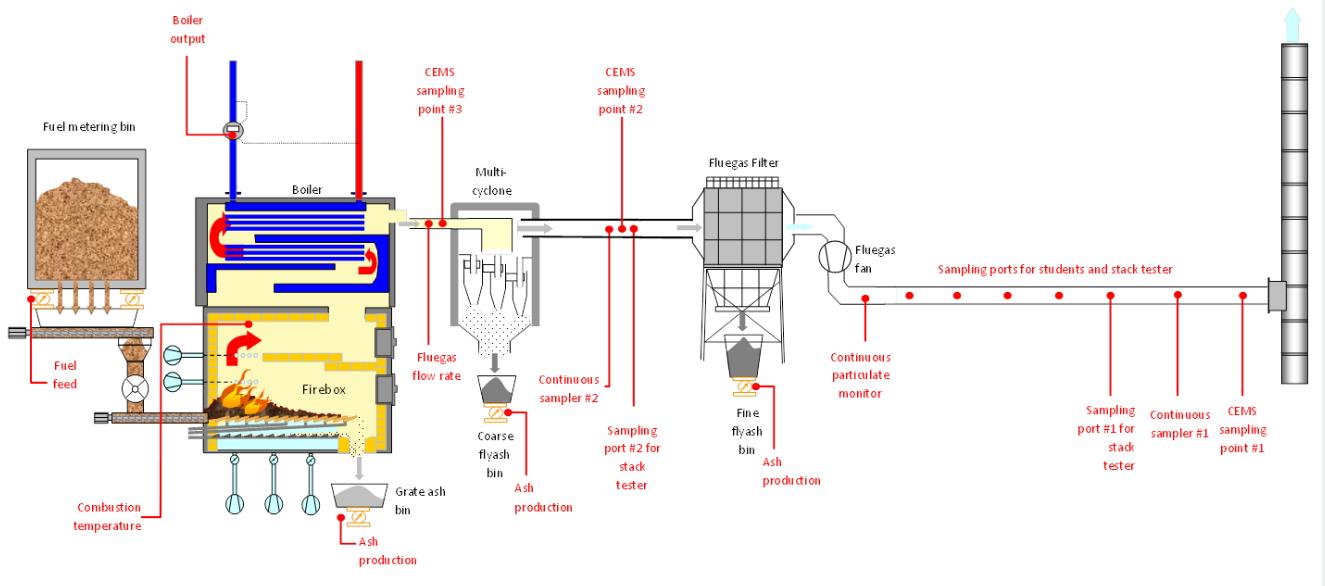
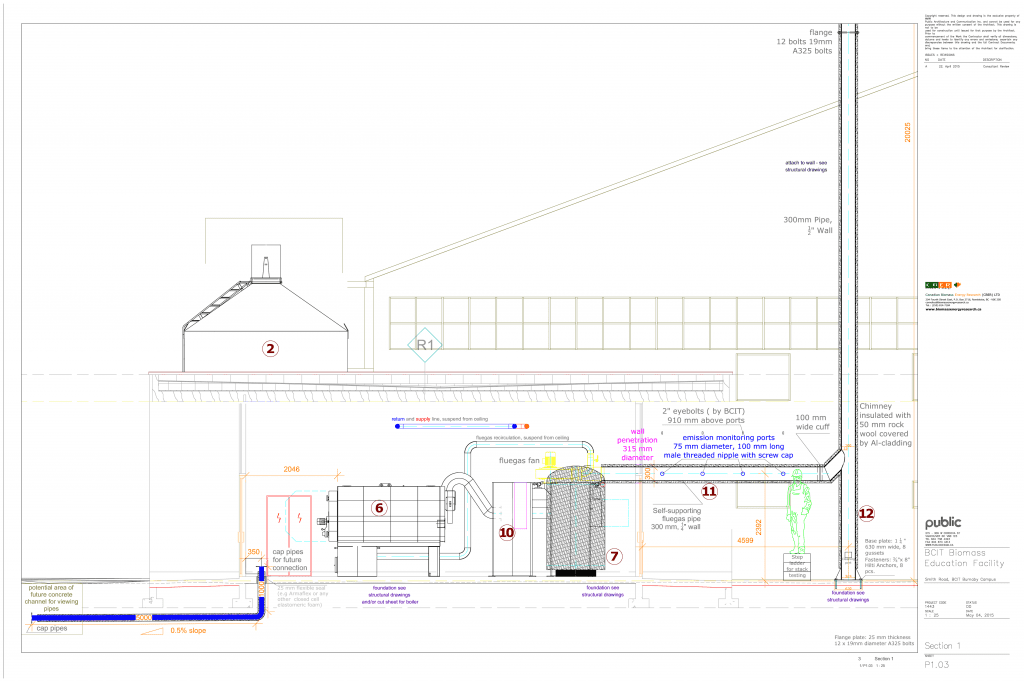
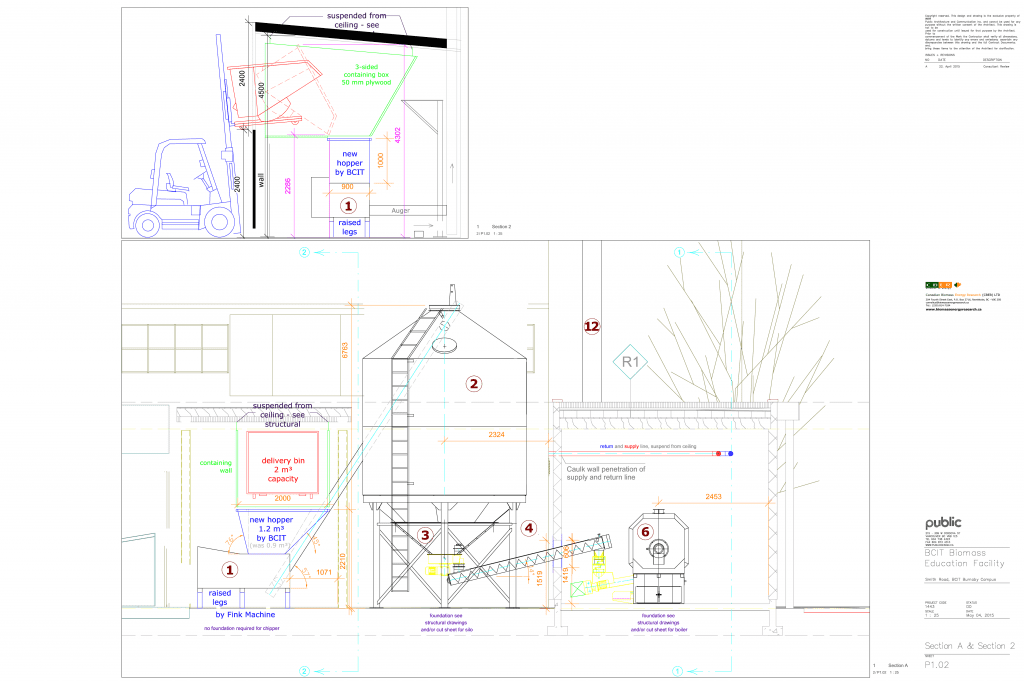
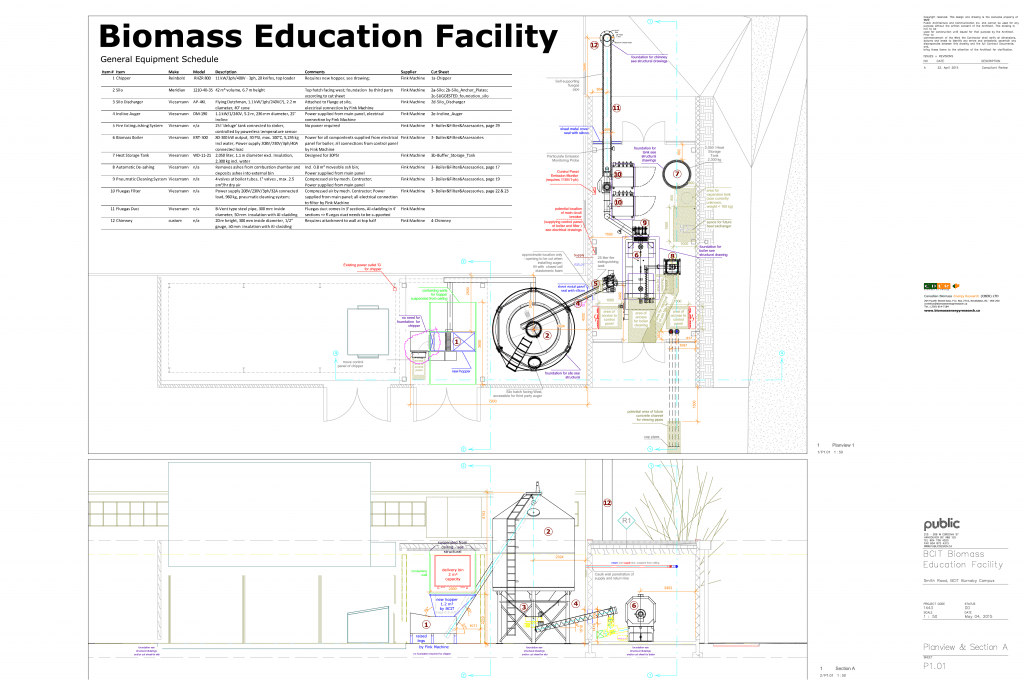
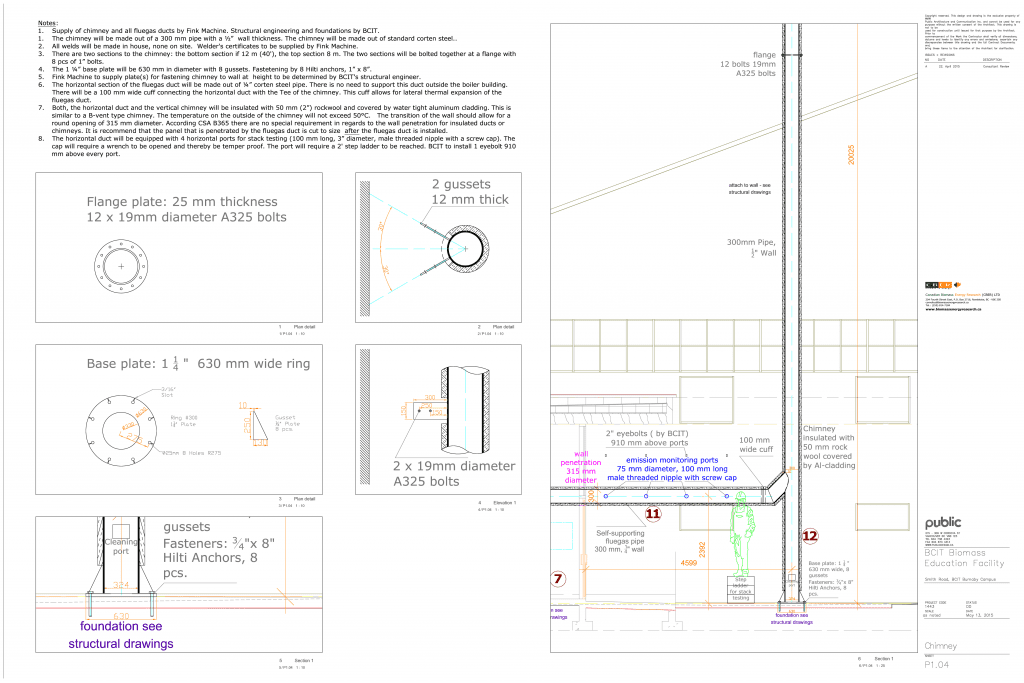
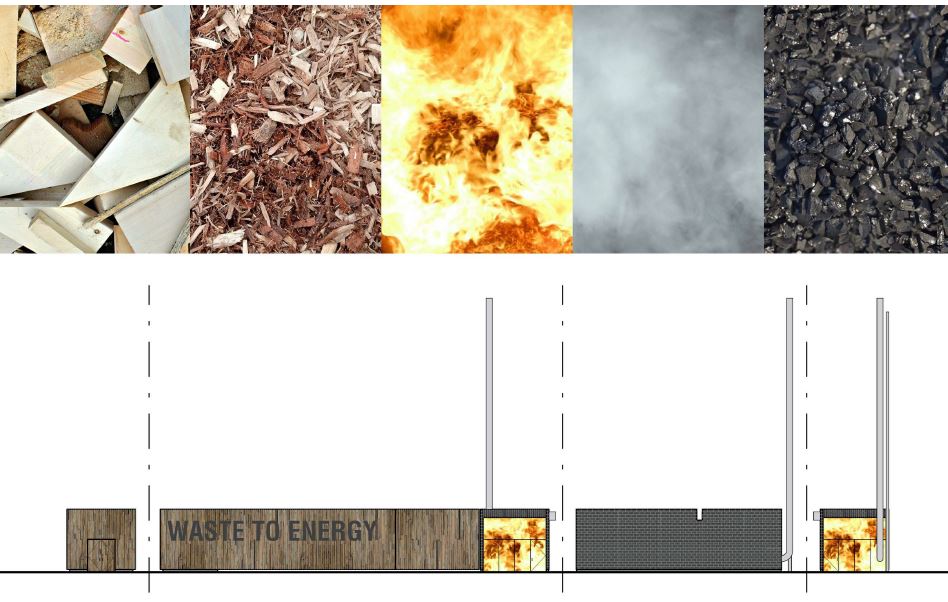
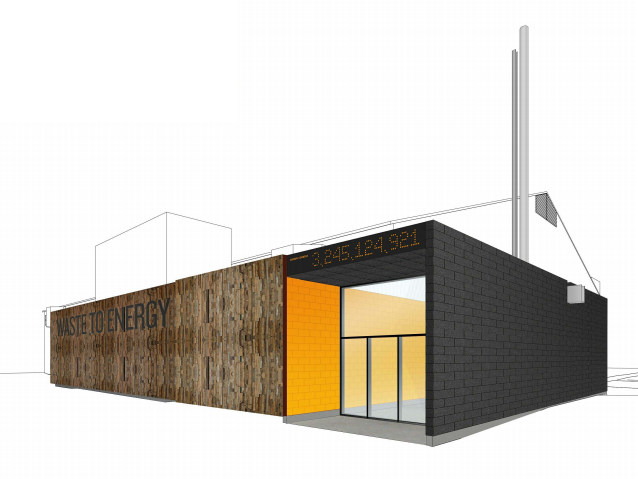

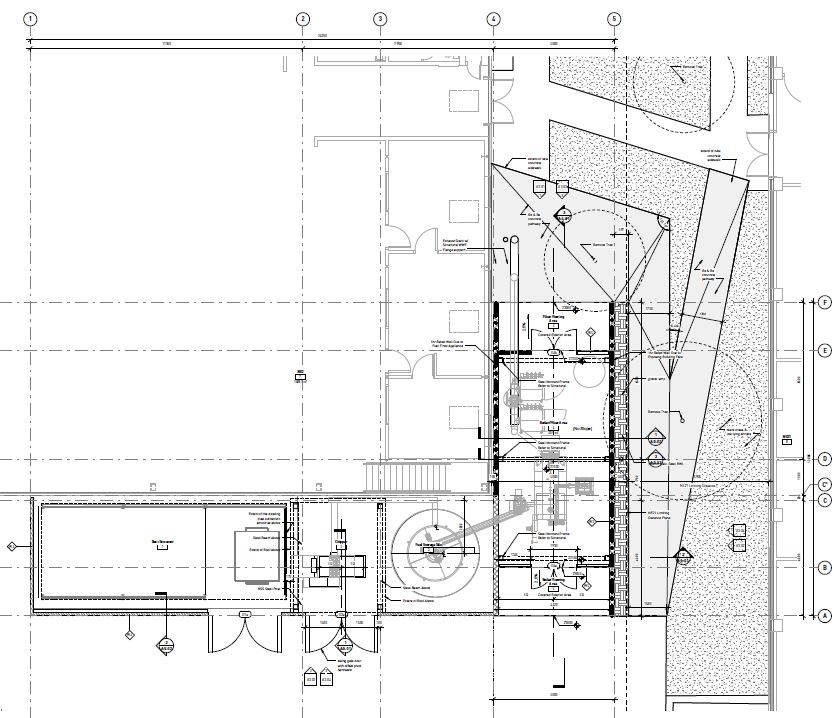


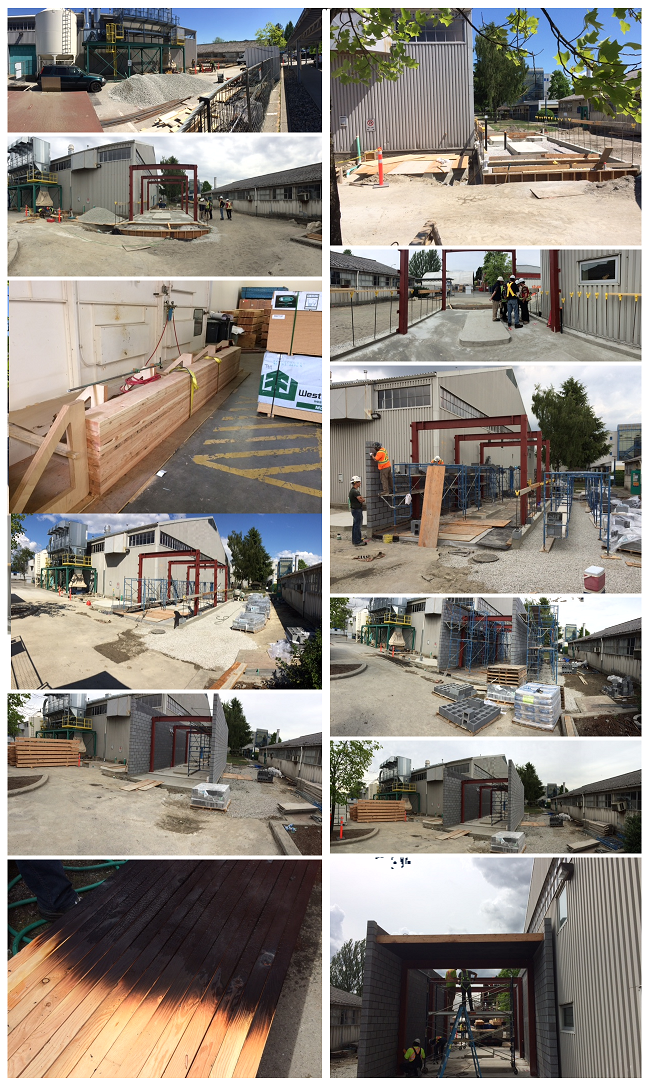

It looks like you intend to link to information under “More Information” but there are no links. I was hoping to find a link to the 5 year capital plan
Thanks for checking out our site! We are still working on it, and will be launching it officially on January 25th, so check back.